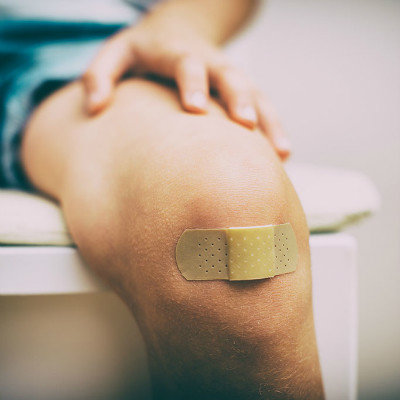Symptoms and treatment of gout
summary
Gout symptoms are of great concern to all gout patients and their friends. With the increasing incidence of gout in recent years, more and more people pay attention to it. We want to do a good job in the prevention and control of gout through a detailed understanding of the early symptoms of gout. So what are the symptoms and treatment of gout? Let's talk about it.
Symptoms and treatment of gout
In this period, the serum uric acid concentration of patients will increase, but there is no clinical symptoms such as arthritis, gout stone, or uric acid stone. Some male patients will have this situation in adolescence, and it may be related to family history. Female patients are more often in menopause. Asymptomatic hyperuricemia may exist throughout one's life, but it may also turn into acute gouty arthritis or kidney stones. Most asymptomatic hyperuricemia patients will have gout symptoms first and then change to other situations. However, it should be noted that about 10% to 40% of patients will have kidney stones first.
In the early stage of the disease, patients often invade a single joint (accounting for 90%), about half of which occurs in the metacarpal joint of one foot. Therefore, patients have difficulty in pain and can not put on shoes. They often wear slippers to come to the clinic. However, later, they may also invade multiple joints, sometimes only other parts, Gout often occurs in the big toe, instep, ankle, heel, knee, wrist, finger and elbow, but it also occurs in other parts. It should be noted that the focus of diagnosis is to maintain a high degree of vigilance, and do not think that the pain in other parts must not be caused by gout.
Gout attack interval refers to the period when the patient's symptoms disappear, that is, the patient has no clinical symptoms; The duration of the attacks varies from one to two days to a few weeks. About 7% of the patients are very lucky. Their gout will subside naturally without any symptoms, but most patients will relapse within one year. After repeated attacks, they tend to be polyarthritic, with more severe attacks, longer attack period, and accompanied by fever. But some people don't have it anymore.
matters needing attention
Try to eat less food with high purine content. Such as shellfish, deli meat, bacon, sardine, yeast, asparagus, mushrooms, and animal heart, liver, kidney and other high purine foods. Control the weight, obesity is best to lose weight, but weight loss should pay attention to, step by step, must not blindly lose weight. Losing weight too fast can cause gout to deepen.














